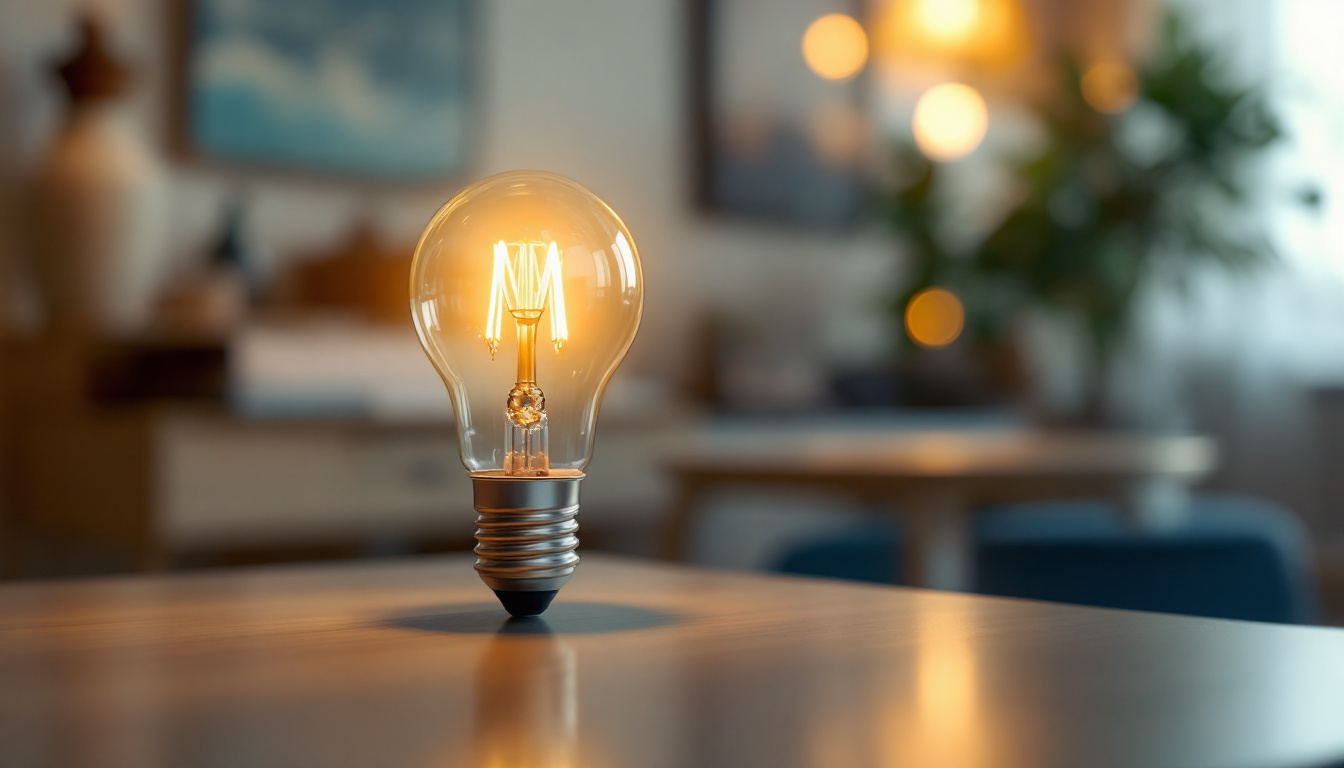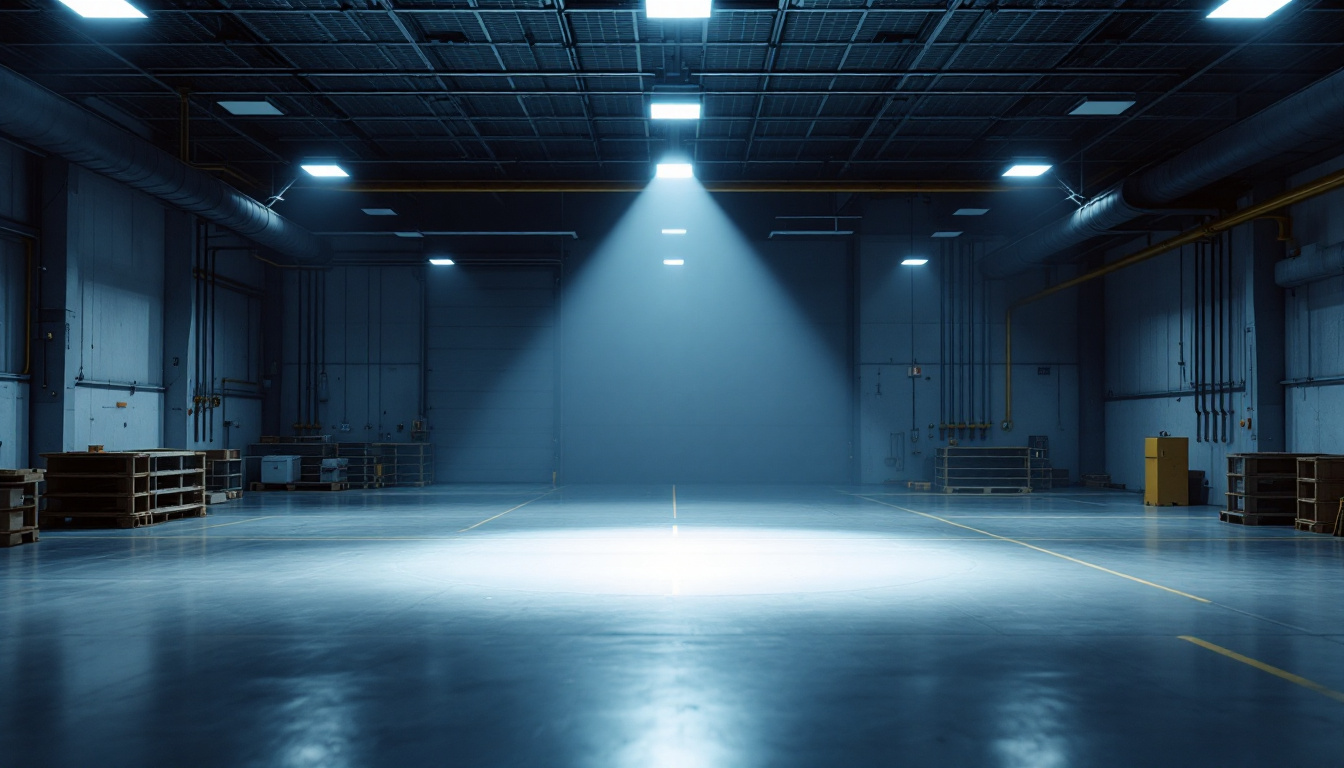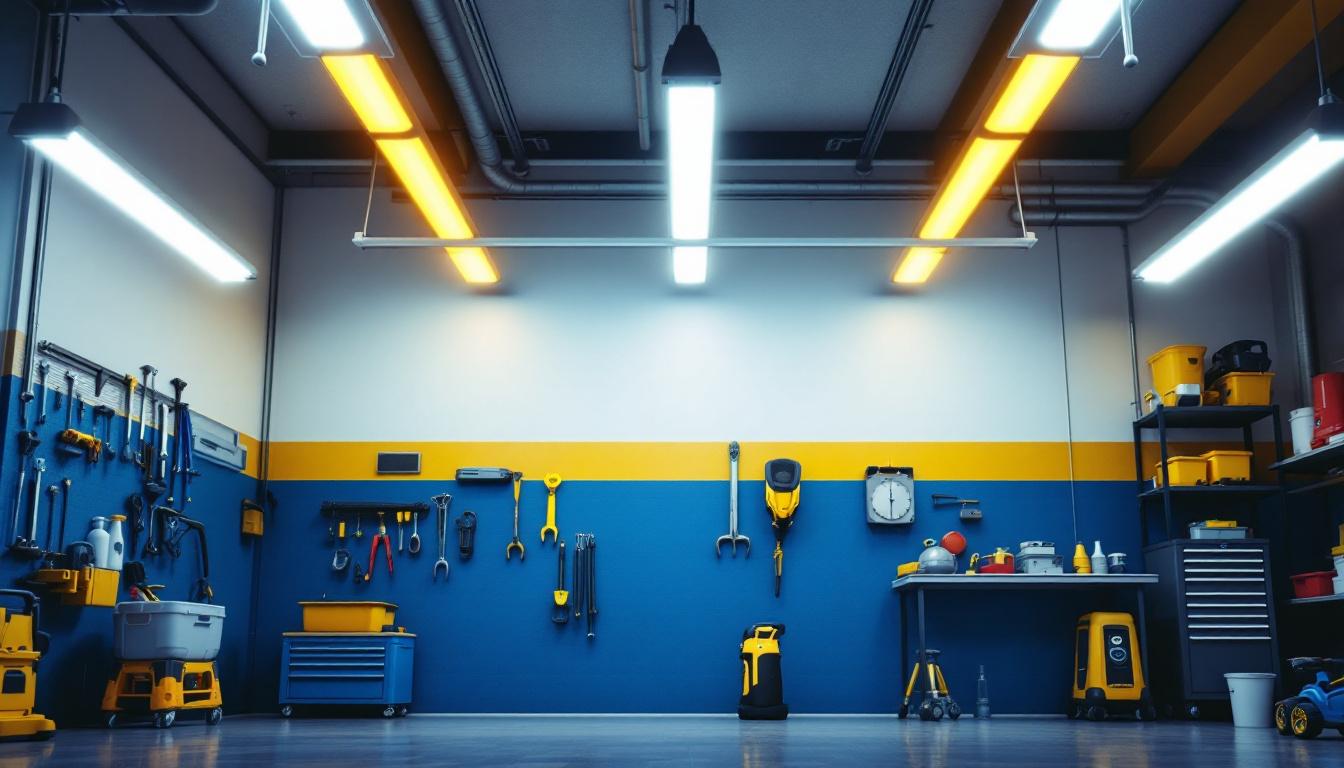
In the realm of electrical systems, lighting efficiency is a critical concern for contractors and clients alike. Efficient lighting not only reduces energy consumption but also enhances the overall quality of illumination in a space. Understanding the principles of lighting efficiency is essential for making informed decisions that benefit both the environment and the bottom line.
At its core, lighting efficiency refers to the ratio of useful light output to the energy consumed. This can be measured in lumens per watt (lm/W), a metric that highlights how effectively a lighting system converts electrical energy into visible light. By focusing on high-efficiency lighting solutions, contractors can significantly lower energy costs and improve the sustainability of their projects.
Moreover, optimizing for maximum efficiency involves a comprehensive approach that includes selecting the right fixtures, utilizing advanced technologies, and incorporating smart design principles. This article will delve into various strategies that lighting contractors can employ to enhance efficiency in their projects.
One of the most impactful strategies is the transition to LED lighting, which has revolutionized the industry with its superior efficiency and longevity. Unlike traditional incandescent bulbs, which waste a significant amount of energy as heat, LEDs convert nearly all their energy into light, achieving efficiencies of up to 100 lm/W or more. This not only results in lower energy bills but also reduces the frequency of replacements, contributing to less waste and a smaller carbon footprint. Furthermore, advancements in LED technology, such as tunable white lighting and smart controls, allow for greater customization and adaptability in various environments, from residential to commercial spaces.
Another key factor in enhancing lighting efficiency is the integration of daylighting strategies. By maximizing the use of natural light through architectural design, such as strategically placed windows and skylights, contractors can significantly reduce reliance on artificial lighting during daylight hours. This not only conserves energy but also creates a more pleasant and productive atmosphere for occupants. Additionally, employing sensors and automated controls can further optimize energy usage by adjusting artificial lighting based on occupancy and ambient light levels, ensuring that spaces are only illuminated when necessary. These innovative approaches not only enhance the efficiency of lighting systems but also contribute to the overall well-being of individuals within those spaces.
One of the most significant advancements in lighting technology has been the rise of LED (Light Emitting Diode) lighting. LEDs are renowned for their exceptional energy efficiency, longevity, and versatility. Unlike traditional incandescent or fluorescent bulbs, LEDs convert a higher percentage of energy into light, resulting in lower energy bills and reduced heat output.
In addition to their efficiency, LEDs offer a wide range of color temperatures and dimming capabilities, allowing for greater design flexibility. This adaptability makes them suitable for various applications, from residential to commercial and industrial settings. Contractors should prioritize LED solutions when aiming for maximum lighting efficiency, as they can provide substantial savings over the lifespan of the installation. Furthermore, the durability of LEDs means they are less prone to breakage, reducing maintenance costs and the frequency of replacements. This reliability is particularly beneficial in high-traffic areas or hard-to-reach locations, where changing bulbs can be a cumbersome task.
Integrating smart lighting controls into a project can further enhance energy efficiency. These systems allow for the automation of lighting based on occupancy, daylight availability, and user preferences. For instance, occupancy sensors can automatically turn lights off when a room is unoccupied, while daylight harvesting systems can adjust artificial lighting levels in response to natural light.
By incorporating smart controls, contractors can optimize energy usage and create more comfortable environments for occupants. The initial investment in smart technology often pays off quickly through energy savings and increased user satisfaction. Furthermore, these systems can be easily integrated with building management systems, providing a comprehensive approach to energy efficiency. Beyond just energy savings, smart lighting can also contribute to enhanced security and safety. For example, programmable lighting can simulate occupancy in vacant buildings, deterring potential intruders. Additionally, the ability to control lighting remotely via smartphone apps or centralized systems adds a layer of convenience that modern users increasingly expect in their living and working environments.
The design phase of a lighting project plays a crucial role in achieving maximum efficiency. An effective layout considers the specific needs of the space, ensuring that light is distributed evenly and effectively. This can involve strategic placement of fixtures to minimize shadows and optimize light coverage. For instance, in a workspace, placing fixtures directly above workstations can enhance visibility and reduce eye strain, leading to improved productivity. Additionally, utilizing lighting controls such as dimmers and occupancy sensors can further enhance the efficiency of the layout by adjusting the light levels based on the presence of individuals in the space.
When selecting fixtures, it is essential to consider their efficacy ratings and compatibility with energy-efficient technologies. Choosing fixtures that are designed for efficiency, such as those with reflective surfaces or optimized lens designs, can significantly enhance the performance of the lighting system. Additionally, selecting the right wattage and lumen output for each fixture will ensure that the space is adequately illuminated without unnecessary energy consumption. The integration of LED technology, for example, offers not only longevity but also a reduction in heat output, which can contribute to lower cooling costs in the overall energy management of a building.
Incorporating natural light into a lighting design can dramatically improve efficiency. Daylighting strategies, such as the strategic placement of windows, skylights, and light tubes, can reduce reliance on artificial lighting during daylight hours. By harnessing the sun’s energy, contractors can create inviting spaces that are not only energy-efficient but also promote well-being among occupants. Research has shown that exposure to natural light can enhance mood and cognitive function, making it a vital component in designing spaces such as schools and offices where productivity is paramount.
Moreover, using reflective surfaces and light-colored materials can help distribute natural light throughout a space, enhancing its brightness without additional energy use. This approach not only cuts costs but also contributes to a more sustainable design ethos, aligning with modern green building practices. The incorporation of operable windows or ventilated skylights can also improve indoor air quality, allowing for a healthier environment that complements the benefits of natural lighting. Furthermore, integrating smart glass technology can help control glare and heat gain, ensuring that spaces remain comfortable while maximizing the use of daylight.
To maintain maximum efficiency in lighting systems, regular inspections and cleaning are essential. Dust and dirt can accumulate on fixtures and lenses, significantly reducing light output and efficiency over time. Establishing a routine maintenance schedule ensures that lighting systems perform optimally, extending their lifespan and reducing energy waste.
Contractors should educate clients about the importance of maintenance and provide guidelines for keeping lighting systems in top condition. Simple practices, such as cleaning fixtures regularly and replacing burnt-out bulbs promptly, can make a significant difference in overall efficiency.
As technology continues to advance, older lighting systems may become inefficient compared to newer options. Upgrading outdated systems to more efficient technologies, such as LED retrofits or advanced control systems, can yield substantial energy savings. Contractors should assess the efficiency of existing installations and recommend upgrades where appropriate.
Furthermore, many utility companies offer incentives for upgrading to energy-efficient systems, making it financially advantageous for clients to consider these improvements. By staying informed about available rebates and programs, contractors can help clients make cost-effective decisions that enhance efficiency.
Education plays a vital role in promoting energy efficiency among clients. Contractors should take the time to explain the benefits of efficient lighting solutions, including cost savings, environmental impact, and improved comfort. Providing comprehensive information empowers clients to make informed decisions that align with their values and budget.
Workshops, brochures, and one-on-one consultations can be effective methods for conveying this information. By fostering a deeper understanding of lighting efficiency, contractors can build trust and establish long-term relationships with their clients.
In addition to educating clients about efficient lighting technologies, contractors can encourage sustainable practices throughout the project lifecycle. This includes promoting the use of recycled materials, energy-efficient appliances, and sustainable building practices. By adopting a holistic approach to sustainability, contractors can position themselves as leaders in the industry.
Moreover, encouraging clients to consider the long-term impact of their choices can lead to more sustainable outcomes. By emphasizing the importance of energy-efficient lighting in reducing carbon footprints and conserving resources, contractors can help clients make environmentally responsible decisions.
Optimizing for maximum efficiency in lighting is a multifaceted endeavor that requires a combination of technology, design, maintenance, and education. By focusing on high-efficiency lighting solutions, integrating smart controls, and promoting sustainable practices, contractors can significantly enhance the performance of their projects.
As the demand for energy-efficient solutions continues to grow, lighting contractors have a unique opportunity to lead the way in creating sustainable, cost-effective lighting systems. By embracing innovation and prioritizing efficiency, the lighting industry can contribute to a brighter, more sustainable future for all.
In conclusion, the journey toward maximum lighting efficiency is not just about choosing the right products; it is also about understanding the broader implications of those choices. Contractors who commit to optimizing lighting efficiency will not only benefit their clients but also play a vital role in promoting environmental sustainability and energy conservation.
Ready to elevate your lighting projects to new heights of efficiency and sustainability? At LumenWholesale, we provide contractors with the high-quality, spec-grade lighting products you need at prices that can’t be beaten. Say goodbye to local distributor markups and hello to our extensive selection that meets the highest industry standards. With free shipping on bulk orders, you can trust that you’re getting premium lighting at the best value — all without hidden fees or compromises. Don’t miss out on the perfect combination of quality, affordability, and convenience. Wholesale Lighting at the Best Value is just a click away. Make the switch to LumenWholesale today and light up your projects with confidence.

Discover how the 40 Watt Type B Lamp can transform your lighting projects and give you a competitive edge in securing more contracts.

Discover the top lighting stores in Milwaukee, WI, and explore best practices for lighting contractors.

Discover how the UFO High Bay Light 100W can transform your lighting installations into profit-generating assets.

Discover the essential checklist for selecting and installing garage LED ceiling lights with expert tips from top lighting contractors.